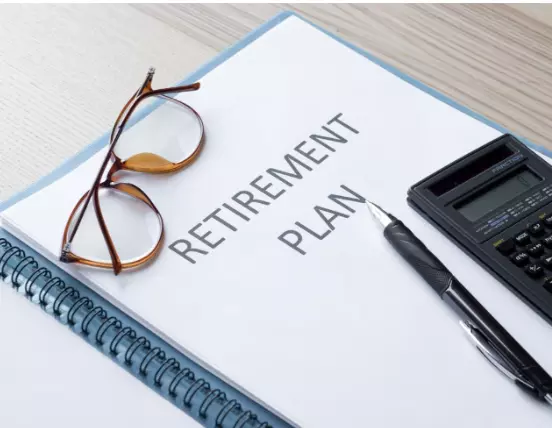Maximizing Your Real Estate Investment Returns: A Comprehensive Guide to 1031 Exchanges

A 1031 exchange is a tax-deferred exchange that allows an investor to sell a property and reinvest the proceeds into a new property, without paying capital gains taxes. This exchange is named after Section 1031 of the Internal Revenue Code (IRC), which outlines the rules for this type of transaction. In this blog post, we will delve into the basics of 1031 exchanges and how they can be used to benefit real estate investors.
How Does a 1031 Exchange Work?
In a 1031 exchange, the seller of a property (the "exchangor") must identify and purchase a like-kind property (the "replacement property") within a certain time frame. The term "like-kind" refers to the type of investment property, not necessarily its physical characteristics. For example, an apartment building can be exchanged for a retail property, as they are both considered investment properties.
To qualify for a 1031 exchange, the exchangor must meet certain requirements. Firstly, the property being sold must have been held for investment or business purposes, not for personal use. Secondly, the exchangor must identify potential replacement properties within 45 days of the sale of the initial property. Lastly, the exchangor must complete the purchase of the replacement property within 180 days of the sale of the initial property.
What Are the Benefits of a 1031 Exchange?
The primary benefit of a 1031 exchange is the deferral of capital gains taxes. When a property is sold, the seller is typically required to pay capital gains taxes on any profit earned from the sale. However, with a 1031 exchange, the taxes on the sale of the initial property are deferred, and the seller can reinvest the full amount of the proceeds into a new property.
Another benefit of a 1031 exchange is the ability to "trade up" to a more valuable property. Because the seller can defer capital gains taxes, they are able to use the full amount of the sale proceeds to purchase a more valuable property. This can lead to increased cash flow and higher returns on investment.
Additionally, a 1031 exchange can be used as an estate planning tool. When an individual passes away, their heirs receive a step-up in basis for any investment properties they inherit. This means that the heirs are only required to pay capital gains taxes on any appreciation that occurs after they receive the property. However, if the property is sold and the proceeds are reinvested through a 1031 exchange, the heirs can continue to defer taxes and receive the step-up in basis when they inherit the replacement property.
What Are the Drawbacks of a 1031 Exchange?
There are a few drawbacks to consider when it comes to 1031 exchanges. Firstly, the process can be complex and time-consuming. The exchangor must identify potential replacement properties within 45 days and complete the purchase of the replacement property within 180 days. This can be challenging, especially in a competitive real estate market.
Another potential drawback is that the exchangor may have to pay a higher price for the replacement property in order to avoid paying taxes on the sale of the initial property. This can lead to decreased returns on investment and reduced cash flow.
Lastly, a 1031 exchange can only be used for investment or business properties. It cannot be used for personal properties, such as a primary residence or vacation home.
Conclusion
In conclusion, a 1031 exchange can be a valuable tool for real estate investors looking to defer capital gains taxes and reinvest in more valuable properties. While there are drawbacks to consider, the benefits of a 1031 exchange can outweigh the costs for savvy investors. It's important to consult with a qualified tax professional and real estate agent to ensure that a 1031 exchange is the right strategy
Categories
Recent Posts











18801 E Mainstreet, Ste 250, Parker, CO, 80134, United States


